St. Agnes' Eve - Ah, bitter chill it was! / The owl, for all his feathers, was a-cold...
January 21: St. Agnes' Day
St. Agnes' Eve—Ah, bitter chill it was!
The owl, for all his feathers, was a-cold;
The hare limp'd trembling through the frozen grass,
And silent was the flock in woolly fold:
Numb were the Beadsman's fingers, while he told
His rosary, and while his frosted breath,
Like pious incense from a censer old,
Seem'd taking flight for heaven, without a death,
Past the sweet Virgin's picture, while his prayer he saith.John Keats, “The Eve of St. Agnes”
January often feels a bit like a held breath to me: we turn from Christmas & Epiphany toward the coming of a new agricultural season - seed catalogs arrive almost daily now - but we’re in that nebulous zone of carving out intentions and dreaming up plans, all the while knowing full well that “even the best laid plans” will inevitably run up against the unexpected. The ground is too cold, and flood season too present, to prepare the fields; daily work consists of winter animal chores, and while we’re grateful for a period of rest enforced by the season, it’s easy to feel impatient…with creeping anxiety bred from days that feel a bit more shapeless because they’re inherently prospective.
The liturgical calendar offers a trail of lanterns, though, that can guide us through the January doldrums. A fellowship of wintry saints (as well as traditions like Plough Monday1) keep company with us as we hold to our fledgling, delicate hopes in the face of a new year. As we choose to faithfully hold onto joy - even though. Even though we suffer, even though those we love suffer. Even though our beautiful world is desperately broken.
On January 21, the Church celebrates St. Agnes of Rome (ca. 291 – 304 AD); a young virgin martyr, she became a favorite of Medieval devotion. The accumulated heritage of her feast day speaks of faith amidst waiting and patience in processes; we’re called to be active participants in blessing, without knowing if we’ll ever touch or see the results.2
A January saint, indeed. We set New Year’s resolutions, not knowing what challenges they’ll run up against. We order seeds, watch flood predictions and weather patterns, and wait. We prune orchards that, in their wintry incarnation, make their extravagant summer selves seem impossible - how could these bare branches, skeletal against the gray sky, possibly be heavy with plums or peaches ever again? How could we ever feel unburdened of our lives’ struggles?
Let’s turn to St. Agnes, and learn from the faith of a 12 year old Roman girl what it is to remember that benediction is a process, not a moment.
A quick housekeeping note:
One of my goals here is to pursue the liturgical year as a gift, not a burden - and in an effort to make this little missive more sustainable for me as a writer/artist and you as a reader, I’m trying something out…rather than splitting St. Agnes’ Day into three separate posts, I’m consolidating into one. I’d love to hear your thoughts!
Resources




Paid subscribers, please hop over to the Scriptorium to download & print January additions for your Book of Hours - a St. Agnes-inspired calendar page, as well as a quick-reference sheet to tuck into your binder! Blank calendars are provided, too, so that you can tailor it to your denomination’s traditions.
On the right side was a lamb more white than snow
“It happed that when the friends of St. Agnes watched at her sepulchre on a night, they saw a great multitude of virgins clad in vestments of gold and silver, and a great light shone tofore them, and on the right side was a lamb more white than snow, and saw also St. Agnes among the virgins which said to her parents: ‘Take heed and see that ye bewail me no more as dead, but be ye joyful with me, for with all these virgins Jesu Christ hath given me most brightest habitation and dwelling, and am with him joined in heaven whom in earth I loved with [all] my thought.’ And this was the eighth day after her passion. And because of this vision holy church maketh memory of her the eight days of the feast after, which is called Agnetis secundo.”
Jacobus de Voragine, The Golden Legend (trans. William Caxton, 1483)
Tradition says that at the start of the 4th century AD, a young Christian girl of noble Roman stock caught the eye of a suitor - the son of a prefect - but rejected his overtures, holding to total devotion to Christ instead. When the heartsick suitor fell ill and named Agnes3 as the root of his suffering, she was brought before the prefect and given a choice: to either sacrifice alongside the Vestal virgins4, or be dragged off to a brothel.
Her refrain through this ordeal? “Do what thou wilt, for my purpose shalt thou never change.”
Miracles followed: as St. Agnes affirmed her chastity in the name of Christ, not Vesta, she was stripped and dragged to a brothel…on the way, though, her hair grew so long that it concealed her body. Agnes made the brothel her “oratory” - espousing her faith, and transforming all the men who encountered her…they left the brothel with pure, cleansed hearts.
“So [St. Agnes] succeeds in convincing others of her testimony about God, though her testimony in human affairs could not yet be accepted.”
St. Ambrose, On Virgins (4th c.)
And when her ill suitor - the prefect’s son, the very person whose infatuation landed Agnes in such dire straights - passed away, her prayers for him raised him from the dead.
A lieutenant tasked with executing her found that she couldn’t be consumed by flame…the fires simply parted to save her. Frustrated, he ultimately had young Agnes - barely 13 years old - run through with a sword.

Death, of course, isn’t ever the end of the story in these hagiographies - St. Agnes continued to manifest miracles…healing a leper, preserving her sepulcher, appearing in visions.
St. Agnes’ short life - her steadfast faith, her persistent abiding in joy - became a touchstone for later generations. Her devotion to Christ ultimately led to a grisly death…yet she held to her calling of sanctification as a process that was beyond understanding. She couldn’t know all of the myriad trials she would face, yet she continued to tend the mission of love and charity as it manifested in her own specific life circumstances. And that’s all any of us can really do, isn’t it? Continue cultivating and pruning the life we have, in the time and place in which we find ourselves.
Winter orchards
Hearthside, Table, & Field
Make Thou my spirit pure and clear
As are the frosty skies,
Or this first snowdrop of the year
That in my bosom lies.Alfred, Lord Tennyson, excerpt from “St. Agnes’ Eve”
Agricultural time is inherently long-sighted and patient - with ebbs and flows, mysteries dotted with manifestations. I’m not here to give you some wistful account of country life through rose-tinted glasses…God isn’t absent from cities, confined only to rural places. Epiphanies happen on busy street corners5 as well as in quiet fields. But I do believe that the more our culture insulates itself from agrarian patterns, the easier it is to become disconnected from a movement through time that really serves our spirits well.6
Modern technology - for which I’m incredibly grateful, and from which my life has benefited immensely - can also fool us into thinking that we’re not seasonal creatures, and that the world we live in isn’t even truly seasonal. It can train us to expect control, consistency, and predictable results…waiting has never been humanity’s strong suit, but I wonder if, through our insulation, we’re habituating ourselves to even deeper impatience. (I’m speaking from experience here - the more digitized the world becomes, the more impatient and control-oriented I find myself).
In January on the farm, though, the orchards are hibernating. The work we’re doing isn’t the sort that reaps an immediate reward - not like the magic of seeding soil blocks and watching green shoots spring up, or eagerly peering through the strawberry leaves for a startling red berry.
Pruning the winter orchards is an immense task…cold, repetitive, and daunting (bless every member of our crew who takes this on). There’s no immediate reward - just piles of branches that will need to get cleaned up, and trees that have that awkward look of a fresh haircut.
The results will be reaped later…we hope. It’s never a guarantee…sometimes, after all that pruning, a late spring frost will freeze every beautiful plum bud that’s just beginning to unfurl. Or the earwigs will wreak havoc on the peaches. Or there will be such an intense heat wave, hot sun reflected through smoky skies, that the apples will literally get sunburned.
Here at the end of January, though, St. Agnes invites us to prune leafless branches, with only the hope that they’ll produce fruit - and to learn to rest in complicated joy whether they do or not.7
And maybe that’s where the hardest & most beautiful lesson is, anyway - in trusting that, whether the trees succumb to rot and don’t produce a single fruit, or whether they’re heavy-laden, plums splitting sweet with juice - faithfully pruning those dormant branches, believing in God’s abundance no matter the outcome, changes us.
When we participate in blessing as a process, we lift our tired selves up in patient faith - and in doing so, cement a preeminence of joy deeper in our hearts, no matter what befalls us.
As we hope for summer abundance, our winter table gravitates toward roots & meat - really not unlike our ancestors’ table (though I’m thankful our meat is preserved through freezing rather than salt curing!) Yesteryear’s traditional treats made in celebration of St. Agnes accordingly leaned on pantry staples - simple, grain-based treats brightened with preserves.
A traditional German delicacy for celebrating the day is Agnesenplätzchen - St. Agnes Cookies…essentially, shortbread cookies with apricot jam sandwiched between them. If you put up any jam last year, this is a wonderful opportunity to revel in it. Every time I crack open a jar of jam in the winter months, I can feel the memory of last summer mingled with the anticipation of the coming summer months (however distant they may feel!)
A wintry pudding - making use of stale bread, dried fruits, and winter’s gift of citrus - was also an Agnestide staple:
ST. AGNES PUDDING
Mix together ten ounces of grated bread, half a pound of suet, half a pound of moist sugar, the rind and juice of a large lemon, and one egg. It takes a long time to mix; a little brandy is a great improvement, and a few currants may be added. Boil it nearly an hour.
Ed. J. H. Walsh, The English Cookery Book, 1858
Of wool and waiting
The Village Green
She sigh'd for Agnes' dreams, the sweetest of the year.
She danc'd along with vague, regardless eyes,
Anxious her lips, her breathing quick and short:
The hallow'd hour was near at hand: she sighs
Amid the timbrels, and the throng'd resort
Of whisperers in anger, or in sport;
'Mid looks of love, defiance, hate, and scorn,
Hoodwink'd with faery fancy; all amort,
Save to St. Agnes and her lambs unshorn,
And all the bliss to be before to-morrow morn.John Keats, “The Eve of St. Agnes”
We’re waiting alongside the sheep in these cold months, too. They forage for slow-growing winter grass, clearing out fields and growing luxurious wooly coats all the while. Later on, when the weather warms and the sheep have no use for that thick wool anymore, we’ll shear them and turn those winter coats into yarn.
For the past 500 years, the seed of a beautiful tradition takes place on St. Agnes’ Day annually: two lambs are raised by the Trappists at the Tre Fontane abbey, then blessed at The Church of Saint Agnes Outside the Walls. They’re brought to the Vatican, bedecked in red and white roses and wearing coats - one bearing the insignia SAM (Saint Agnes Martyr), the other SAV (Saint Agnes Virgin) - and blessed by the Pope.
The lambs journey on to the Sisters of the Holy Family of Nazareth, where they’ll be shorn during Holy Week; their wool is then carded, combed, spun, and woven into the pallia8 that will be worn by archbishops.
In that line of continuity, there’s such a beautiful movement of blessing - with every participant being part of a chain that connects an Agnestide blessing that stretches from winter to Easter. The blessing of lambs on St. Agnes’ Day is not just an isolated moment: it’s a momentum of benediction.
How can we be chains in the patterns of benediction in our own communities? What are the figurative “lambs” we could bless today and then release into the world for their next steps - with results that we ourselves may never see?
Our town’s food bank at church provides not just fresh fruit & vegetables, meat, dairy, & canned goods - it also hosts weekly free meals packed in to-go bags. Folks show up rain or shine to grab warm meals to take home to their families.
The effort that goes into making meals for 150 people every week is one crucial piece of the chain that will deliver a warm meal to a table in need. Local groups all contribute - neighbors band together to make a monthly meal, Girl Scout troops bake cookies, churches across denominations sign up to make dinners… And for the most part, the majority of these folks won’t see the glittering eyes of the kiddos who eagerly peek inside their to-go bag that evening. These contributors pour their heart into creating a dinner, and then entrust it to the next link in the chain - trusting that the blessing will reach its goal. And every week, when I greet our food bank guests and ask how many meals they’d like, I’m struck by the incredible impact that can be made when even a small group of people decides to send a benediction out into the world.
How can we breathe the faith of that 12 year old martyr into our world today?
Benediction
So shows my soul before the Lamb,
My spirit before Thee;
So in mine earthly house I am,
To that I hope to be.
Break up the heavens, O Lord! and far,
Thro' all yon starlight keen,
Draw me, thy bride, a glittering star,
In raiment white and clean.Alfred, Lord Tennyson, excerpt from “St. Agnes’ Eve”
As our infatuation with starry-eyed New Year resolutions fades toward the end of the month, St. Agnes asks us to bless lambs and wait for their wool. To prune branches that may not bear fruit - fruit that we can taste & see, anyway. She beckons us to stubbornly hold to joy - not a transient, circumstantial happiness, but true, achingly difficult joy - amidst the onslaught of challenges that will inevitably face us.
Have you celebrated St. Agnes before - or seen those sweet blessed lambs? I’d love to hear about your traditions!
Pax vobis,
Kristin
If you’d like to make a one-time donation, I have a PayPal Tip Jar - please know that I’m so grateful for your monetary support, which really does help me continue to do this work that I’m so passionate about!
For those who are able to support a monthly or annual paid subscription, I offer occasional new printables, extra posts, and access to my whole library of printables: the Scriptorium. I’m so grateful for your generosity, which helps to support my work through the purchase of additional books for research, art supplies, and more!
For more reflections and perspectives on the liturgical year, please visit Signs + Seasons: a liturgical living guild!
The English church has kept a lineage of ancient rural tradition and built some scaffolding into hazy January days, celebrating & turning toward a new growing season through rituals like Plough Monday (the Monday after Twelfth Night) - when a plough is paraded through town & brought to church for a blessing, marking the new agricultural year. Robert Chambers quotes a Lincolnshire correspondent:
“Rude though it was, the Plough procession threw a life into the dreary scenery of winter, as it came winding along the quiet rutted lanes, on its way from one village to another; for the ploughmen from many a surrounding thorpe, hamlet, and lonely farm-house united in the celebration of Plough Monday. It was nothing unusual for at least a score of the "sons of the soil" to yoke themselves with ropes to the plough, having put on clean smock-frocks in honour of the day.”
And in the social context in which our epistemology is based in empiricism, applying it in a broad swath, the inability to see results can be tough to wrestle with.
Jacobus de Voragine, writing in the Middle Ages, attributes Agnes’ name to Greek & Latin roots: the Latin agna, a lamb (“for she was humble and debonair as a lamb”); the Greek agnos/ἁγνός, chaste (“she was debonair and merciful”); or the Latin agnoscendo, to be recognized/perceptive (“for she knew the way of truth”).
The Vestal virgins were a group of acolytes who swore chastity in devotion to Vesta, the Roman goddess of the hearth; at her temple in Rome, they tended Vesta’s flame and were tasked with never letting it go out. They harvested spelt to serve as consecrated food for animals that would be sacrificed to the gods.
Thomas Merton: “In Louisville, at the corner of Fourth and Walnut, in the center of the shopping district, I was suddenly overwhelmed with the realization that I loved all these people, that they were mine and I theirs, that we could not be alien to one another even though we were total strangers. It was like waking from a dream of separateness, of spurious self-isolation in a special world…”
Living on land is an immense privilege that isn’t available to everyone’s circumstances; but even if we’re living in a high-rise in a big city, leaning into our surrounding agricultural community can be a boon for us all. Folks like our friend Tom at Terrebonne Truck Patch farm specifically grow food for urban centers and focus on widening access to locally-grown veg. Our local food bank, serving our struggling neighbors, draws fresh food from local farms to make available to everyone.
Thanks to all our modern technology and transportation, we’re in the privileged position of knowing that a failure in the orchard (or greenhouses, or fields) will not leave us or our customers starving. I don’t take that for granted, especially as a student of history.
For more on the history of this vestment, read Bonds of Wool: The Pallium and Papal Power in the Middle Ages by Steven A. Schoenig: “This band of white wool encircling the shoulders had been a papal insigne and liturgical vestment since late antiquity. It grew in prominence when the popes began to bestow it regularly on other bishops as a mark of distinction and a sign of their bond to the Roman church. […] The history of the pallium provides an enlightening window on medieval culture. Through it one can perceive how medieval society expressed beliefs and relationships through artifacts and customs, and one can retrieve the aims and attitudes underlying medieval rituals and symbols. Following the story of this simple material object sheds light on some of the ways medieval people structured their society, exercised authority, and communicated ideas and values.”




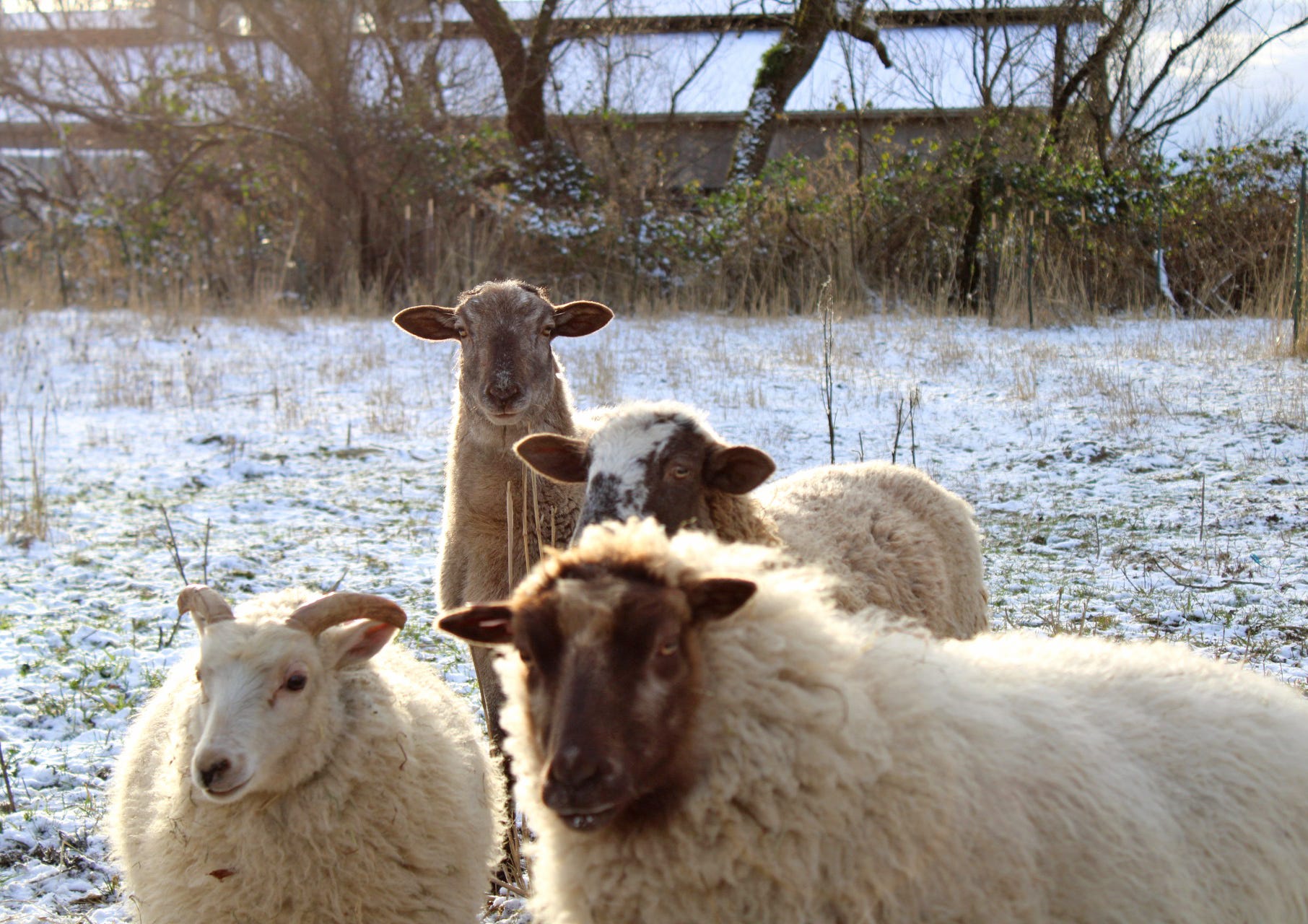

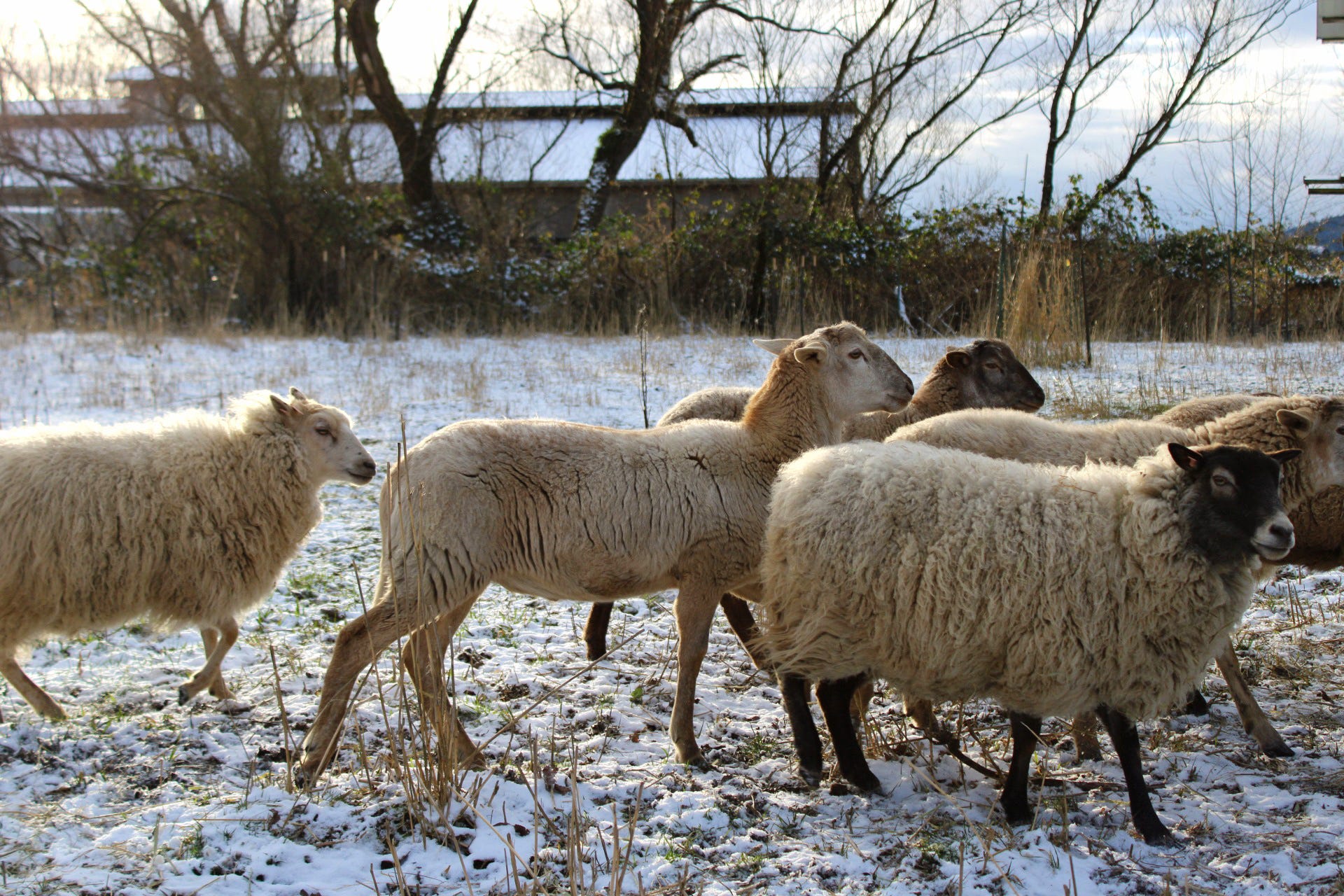
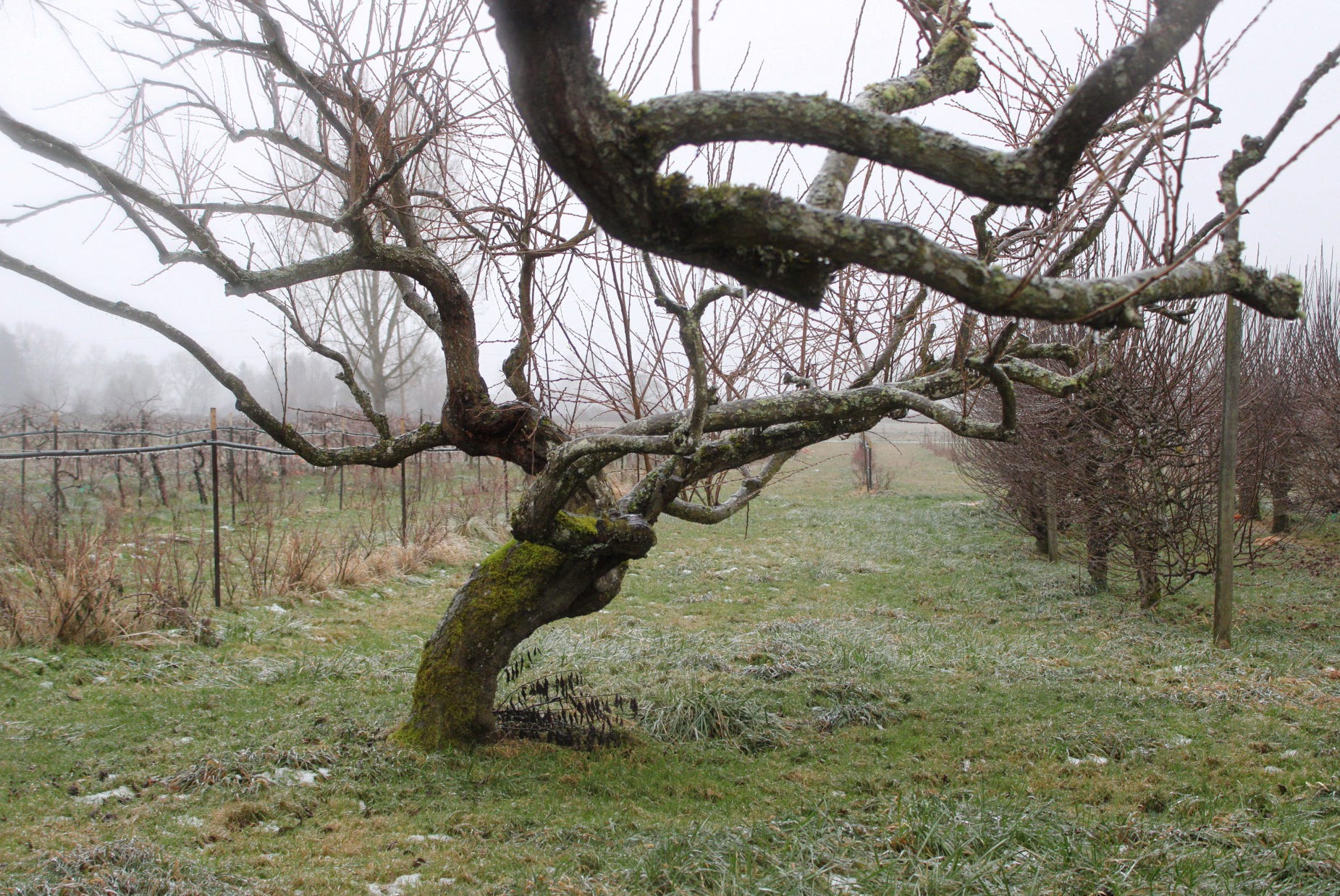
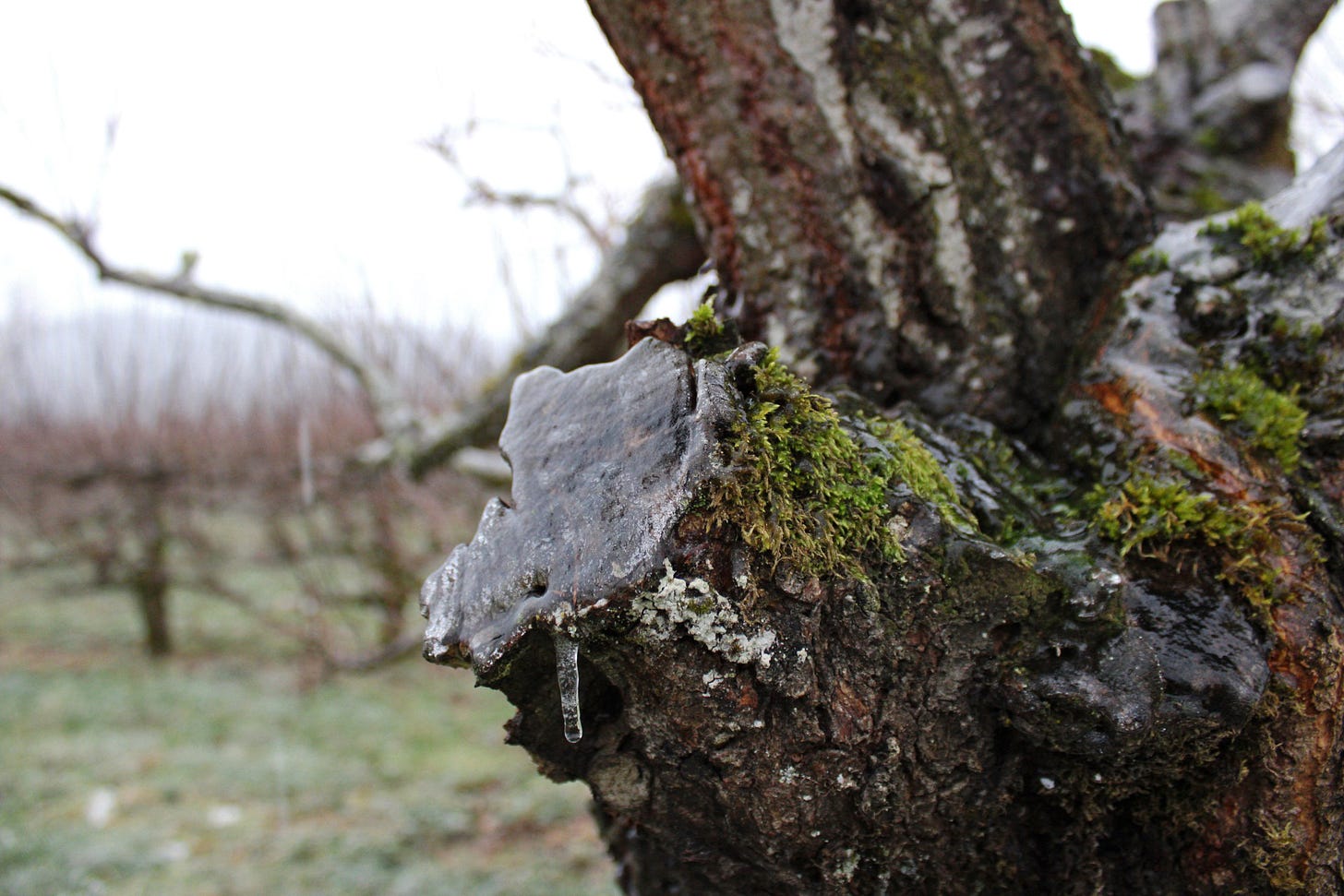
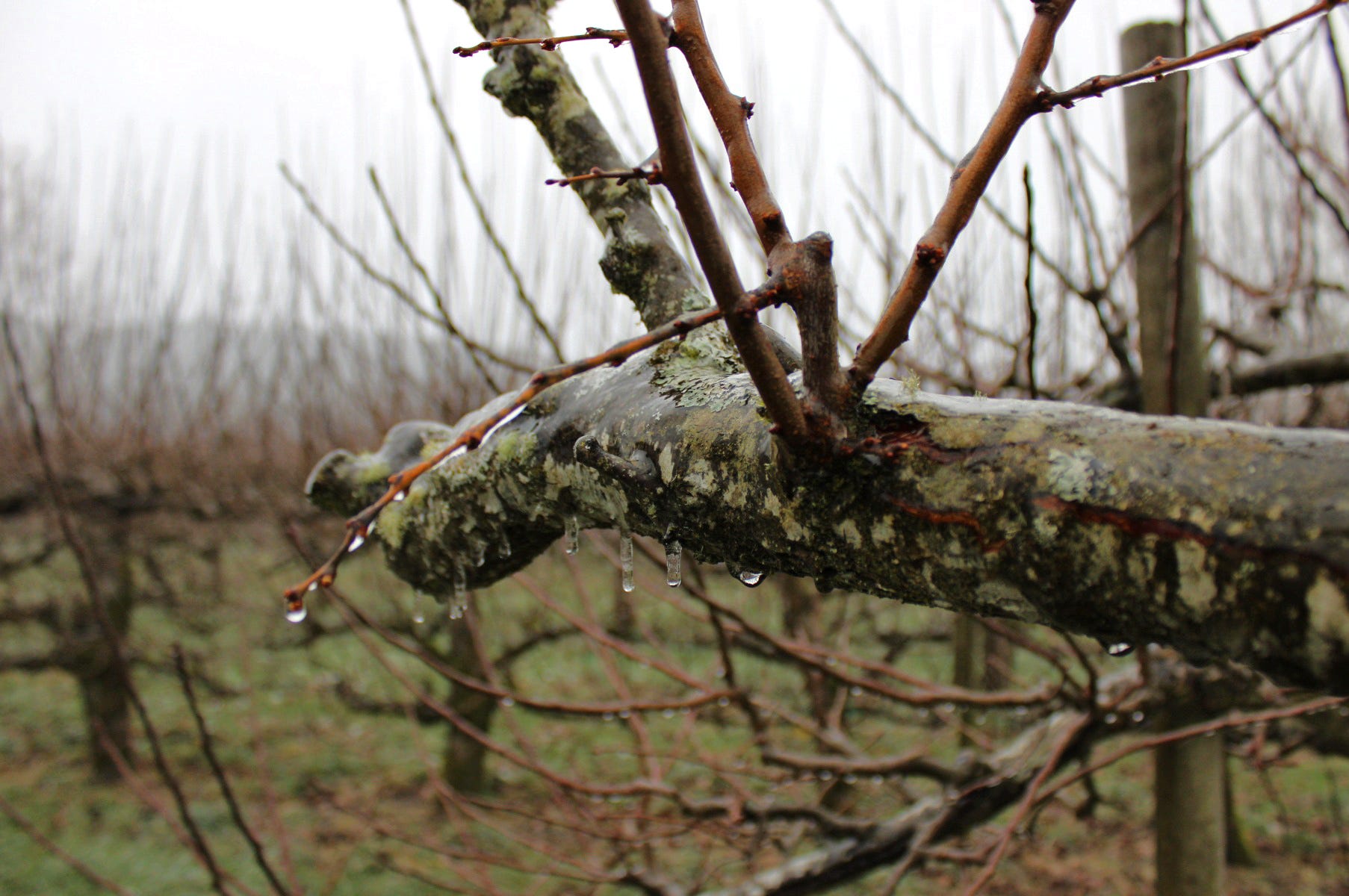
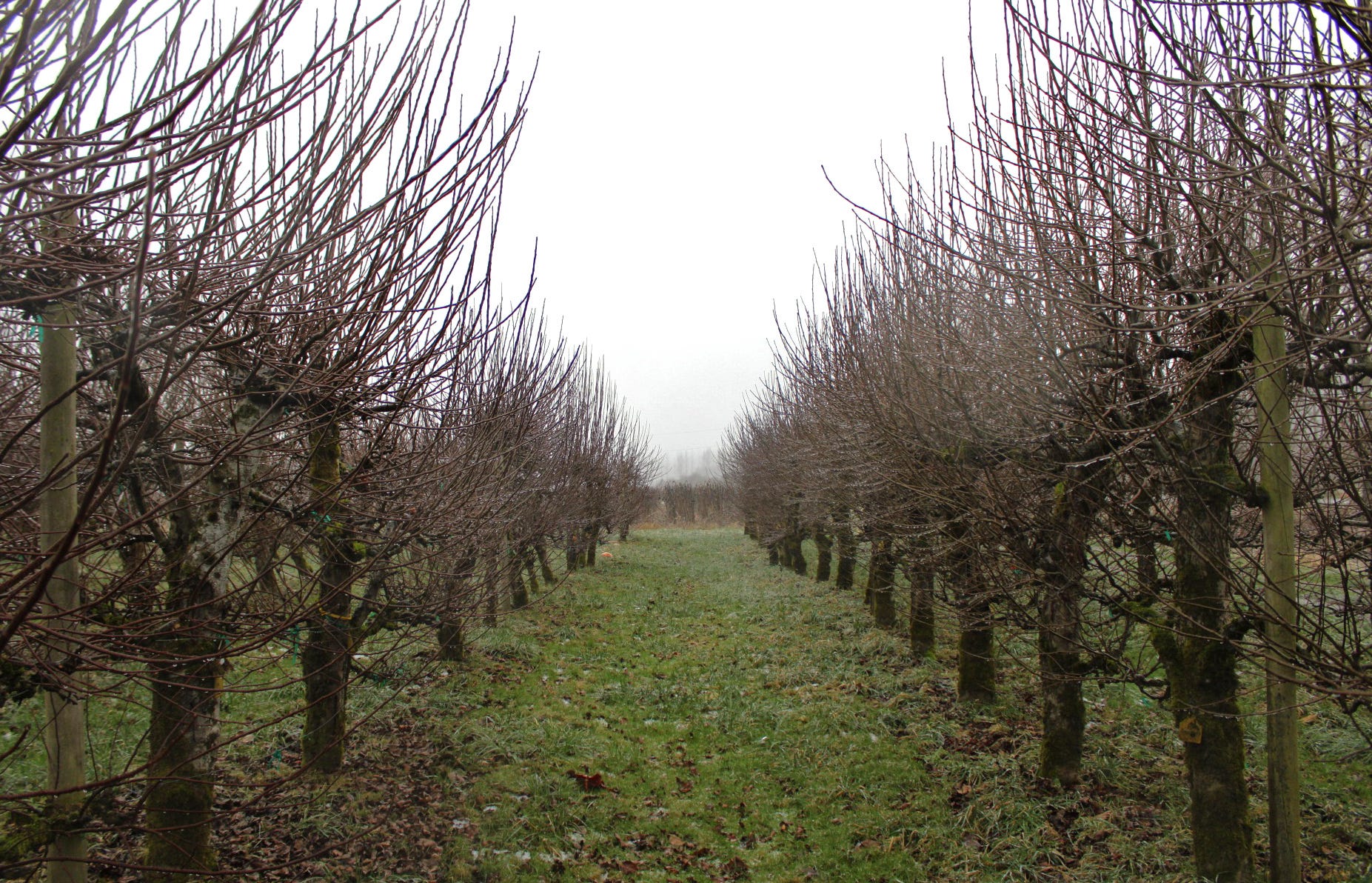
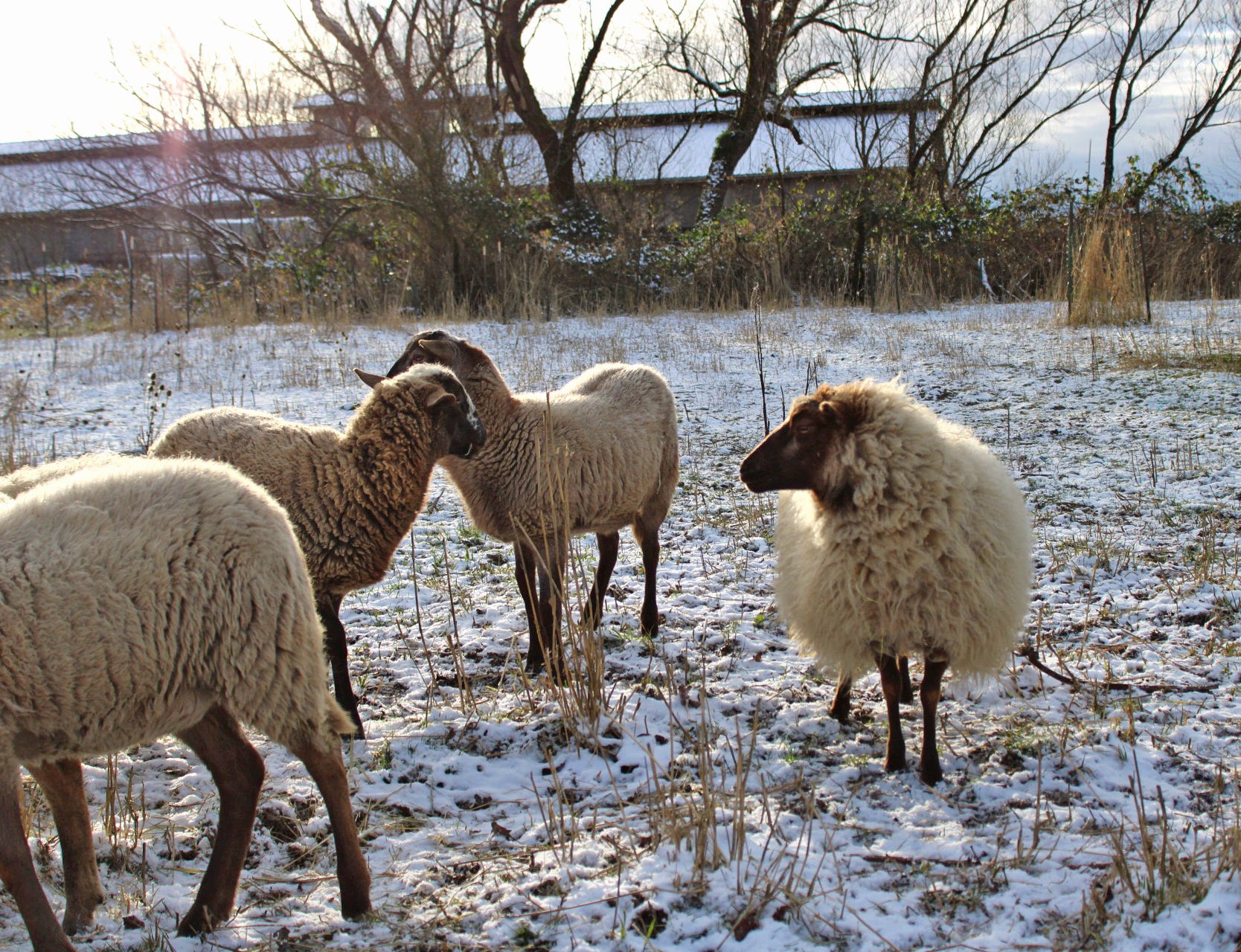



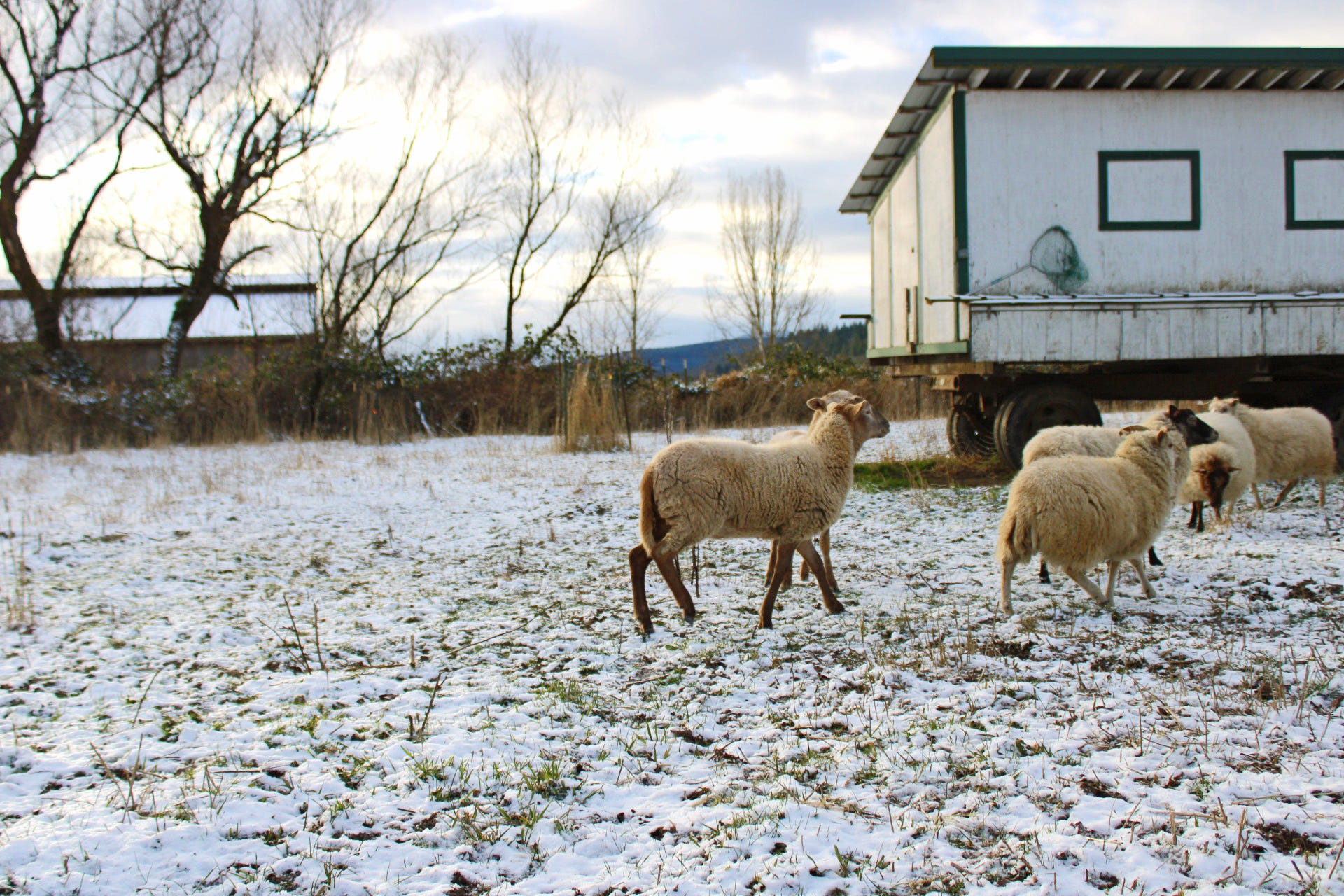
I LOVED this so much! I could only start writing novels once I let go of needing to know what impact (if any) they’d have on the world. Agnes was doing what she felt was right not knowing you’d be writing about her all these years later and strengthening my faith! 😊
So when I was researching my novel I met a cousin for the first time. He was in his late 80s and we shared a love for an ancestor we have. There was no way of knowing when I published the book that he would be starting to have trouble with his memory. I sent him a copy and he’s read through it twice. It’s about where he grew up and about this relative we love. And it’s helping him to remember himself. If that’s all the novel ever does for anyone it’s enough.
Love the way you write about farm life too. Oh and the tradition of the lambs visiting the Pope! 🩵🩵🩵
Diana and I prayed to St. Agnes during our engagement because of a prayer card I have since lost. Then, while exploring Rome during our honeymoon, we walked into a Church around Piazza Navona and behold, St. Agnes skull beneath the high altar of the Church. It was a nice wink from the saint.